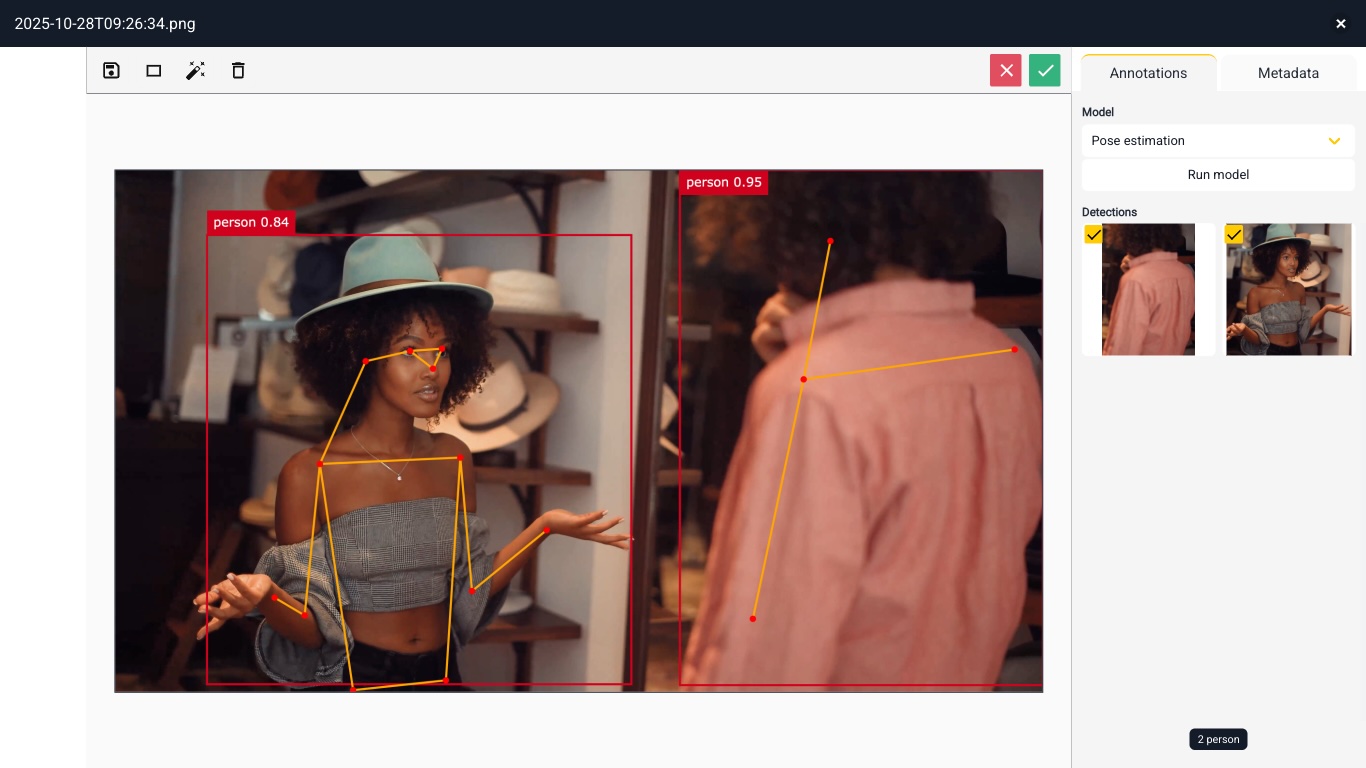Real-time queue monitoring enabled by computer vision
Traditional queue management relies on techniques like manual counting, sensors, and outdated
surveillance systems, which can be inefficient and error-prone. In contrast, computer vision
revolutionizes queue monitoring by automating the process, providing real-time insights, and
enhancing customer experience.
Computer vision systems utilize advanced algorithms to analyze video feeds from cameras,
enabling them to detect and track individuals in queues. These systems can count the number of
people in line, monitor wait times, and even identify patterns in customer behavior. By leveraging
deep learning models, computer vision can accurately recognize and differentiate between individuals,
ensuring precise queue management.
Understanding real-time queue monitoring
- Video input: A camera captures live footage, which is split into individual frames.
- Queue area: A specific region where the system should focus is defined, reducing errors
from irrelevant activity.
- Object detection: A detection model is used to scan each frame assigning a box around
each target object.
- Tracking: Each detected object is given a unique ID, and their movement is followed from
one frame to the next by tracking the center of their box using object-tracking.
- Queue analyze: The system counts the number of people in the queue and tracks how long
they wait, generating an alert when the queue gets too long.
Application to retail queue monitoring
Long checkout lines do not just test a customer's patienece; they impact sales. Abandoned carts
and overcrowded counters are common frustrations in retail stores. To keep things moving, stores
can adopt smarter ways to track queue in real-time and act before bottlenecks form.
Beyond simple queue monitoring, computer vision can be used to tell the difference between customers
who are actually waiting and those who are just passing through. For instance, analyzing how
fast someone is moving, using speed estimation, the system can determine whether they are actually
waiting in line or just passing by.
Real-time people counting and occupancy tracking. Queue lengths can also be dynamically managed at
entry gates, ensuring that the number of people entering a store matches the number of
people exiting. This helps maintain a balanced flow of customers, preventing overcrowding and
ensuring a comfortable shopping experience.
Contact Us
